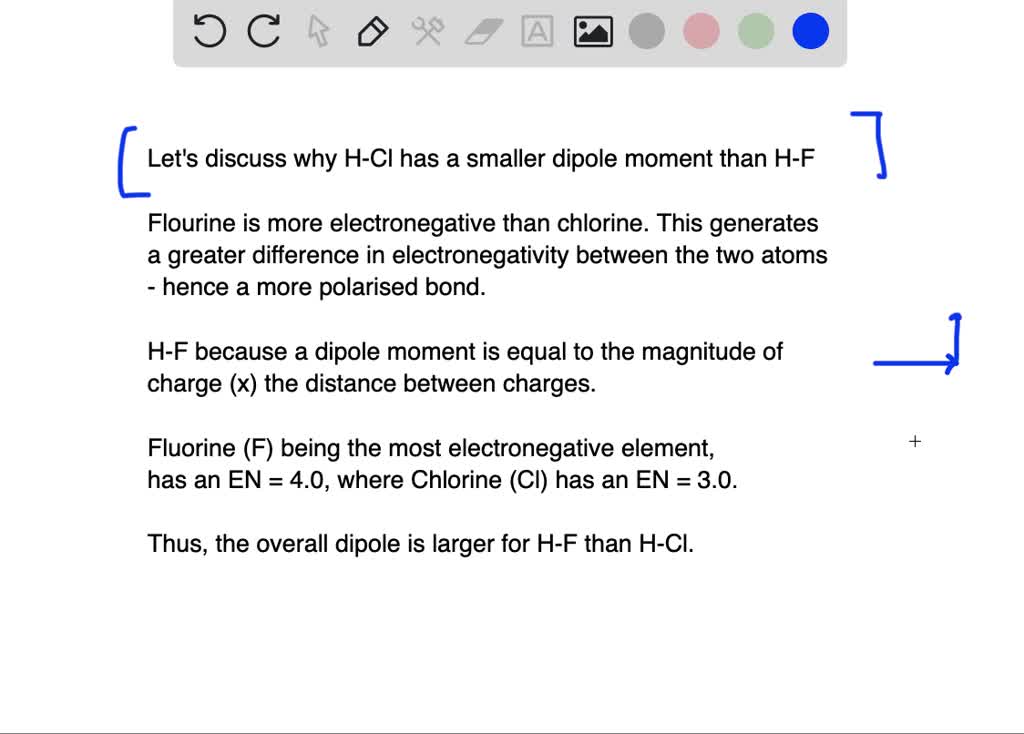

If we talk about molecular geometry, it is generally seen that the shape of polar molecules is symmetrical or distorted.įew examples of polar molecules are HBr, SO2, etc. This difference in electronegativity generates a net dipole moment across the bond and makes it a polar. Higher electronegative atom attracts the shared bonded electrons slightly towards its side and gains a partial negative charge and other atom gains partial positive charge. This indicates that atoms differ in their electronegativity. Polar Molecules: The molecules that have atoms sharing an unequal proportion of shared bonded electrons. In order to determine and distinguish the polar or nonpolar nature of a molecule, there are below few key points in the subtopic that we will discuss.įirst, let us have a brief idea about the polar and nonpolar molecules. It is produced by treating methane with chlorine at a high temperature of 400–500 ☌.īelow are the chemical reactions that take place in the production of CH2Cl2.Ĭonclusion What are Polar and Nonpolar Molecules? Methyl Chloride is majorly produced by the emission through industries. This develops a dipole moment across C-Cl and C-H bonds and the entire molecule results in a net 1.67 D dipole moment. So, Is CH2Cl2 polar or nonpolar? CH2Cl2 is a polar molecule due to its tetrahedral geometrical shape and difference between the electronegativity of Carbon, Hydrogen and Chlorine atoms. In this article, we will study it with its fundamental reasons. Many of the students have doubts regarding whether it is polar or nonpolar. Although not miscible with water but used as a solvent for many organic reactions. It is naturally obtained from volcanoes and macro algaes. CH2Cl2 commonly known as dichloromethane or methylene chloride is a clear, colorless, volatile liquid with a slightly sweet odor.


 0 kommentar(er)
0 kommentar(er)
